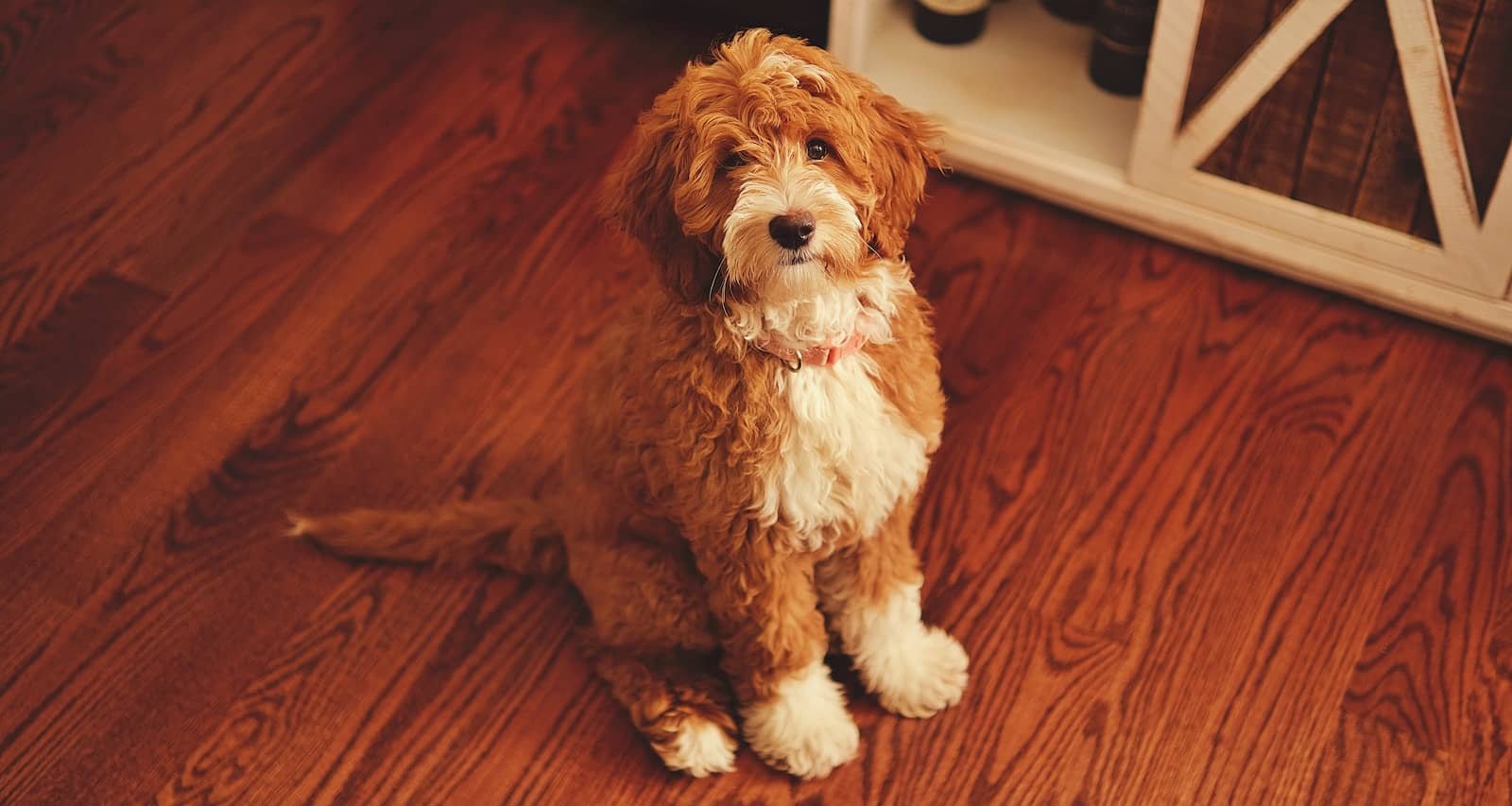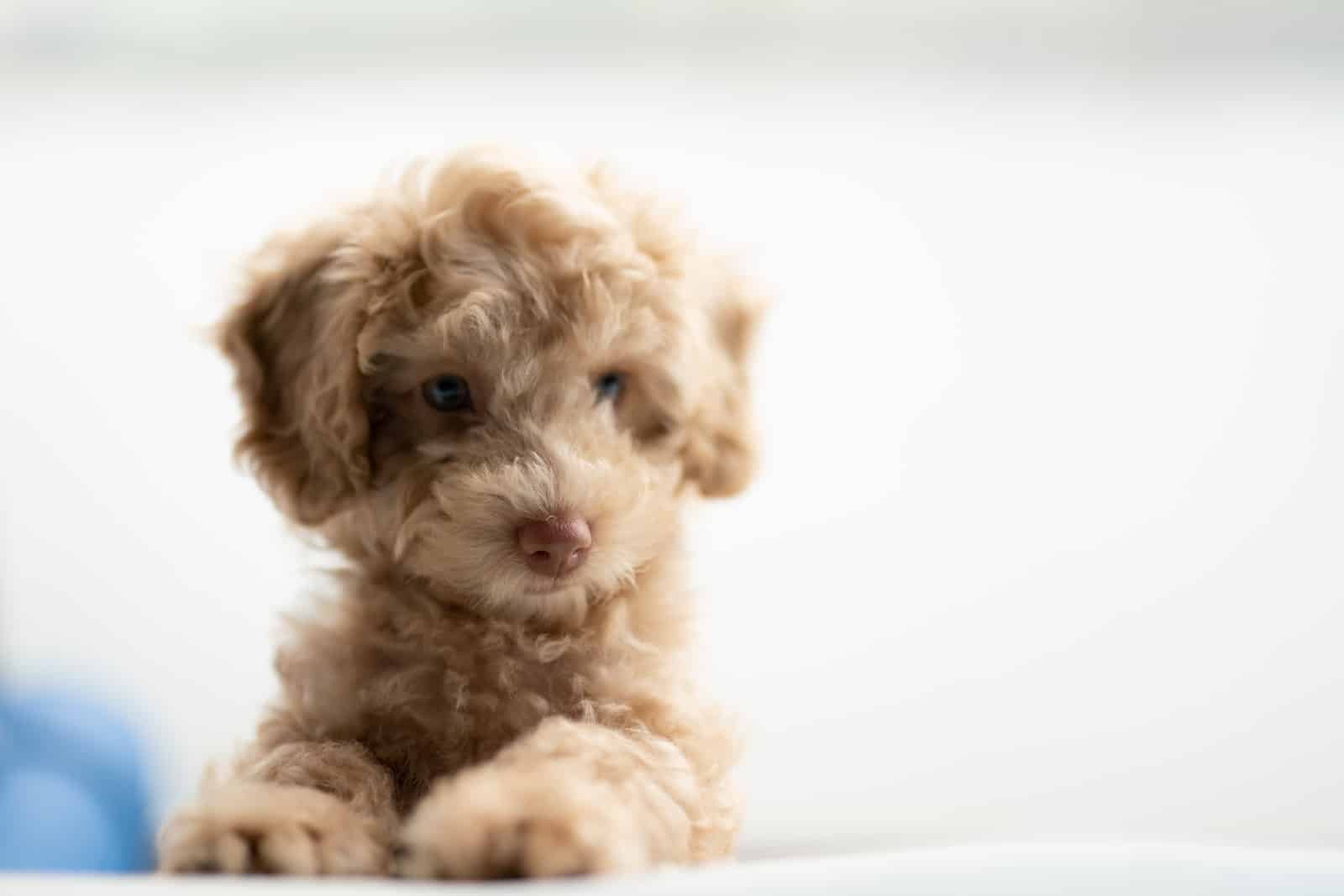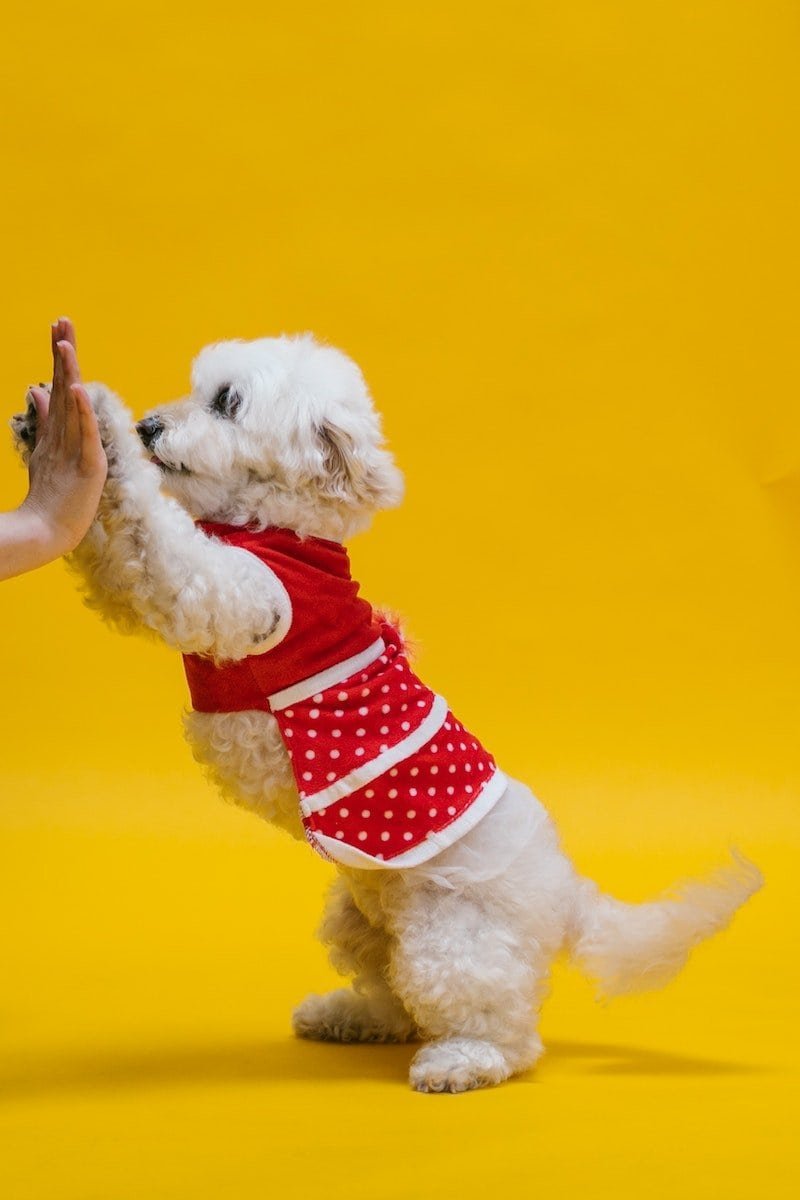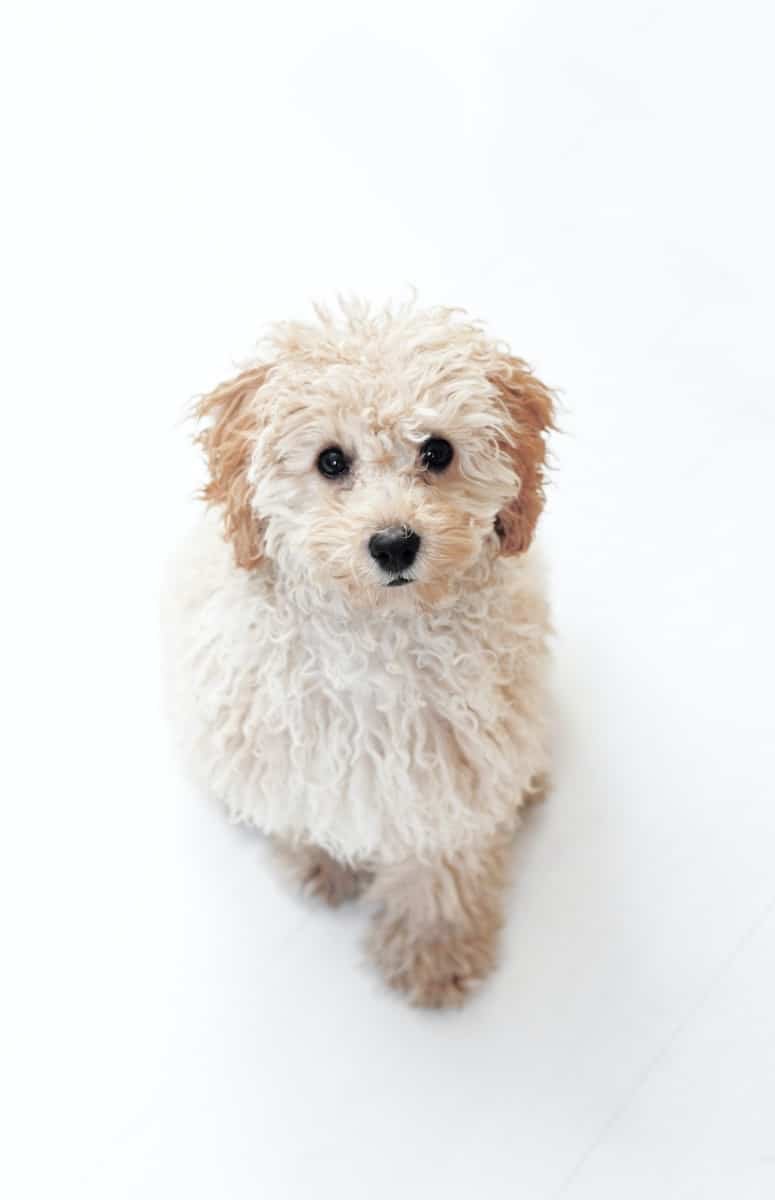Poodles are a breed of dog that are instantly recognizable thanks to their unique, curly-haired coat. They are a popular breed of dog that are well-known for their intelligence and friendly nature. However, the history and origin of poodles is a topic that is not as well-known.
Most cynologists believe that the poodle originated in Germany in the Middle Ages, from a dog similar to today’s Standard Poodle. The Poodle was Germany’s water dog, just as England had the English Water Spaniel, France the Barbet, Ireland the Irish Water Spaniel, and the Netherlands the Wetterhoun. However, it is also believed that the breed emerged in three countries around the same time: France, Germany, and Russia.
The Poodle has a rich history, from its origins as a water retriever to its modern-day role as a beloved pet. Over the years, the breed has been used for a variety of purposes, including hunting, performing in competitions, and serving as loyal companions to their owners. In this article, we will explore the history and origin of poodles, as well as the various roles they have played throughout history.
Key Takeaways
- Poodles originated in Germany in the Middle Ages, but also emerged in France and Russia.
- Poodles have been used for a variety of purposes throughout history, including hunting and performing in competitions.
- Today, poodles are beloved pets known for their intelligence and friendly nature.
Origins of Poodles
The Poodle is a breed of dog that has captured the hearts of many. With its elegant appearance and impressive intelligence, it is no wonder that the Poodle has become a popular breed all over the world. But where did this breed originate from? In this section, we will explore the history and origins of Poodles.
German Roots
Most cynologists believe that the Poodle originated in Germany in the Middle Ages, from a dog similar to today’s Standard Poodle. The Poodle was Germany’s water dog, and it was bred to retrieve waterfowl from rivers and lakes. The breed was also used as a hunting dog, particularly for wild boar. The breed’s name is derived from the German word “pudel,” which means “to splash in water.”
French Influence
In the 16th century, the Poodle was introduced to France, where it quickly became a favorite among the French nobility. The French were responsible for developing the Poodle’s distinctive hairstyle, which was designed to help the dog swim more efficiently while also protecting its vital organs from the cold water. The breed became a symbol of French elegance and sophistication, and it remains one of the most popular breeds in France to this day.
American Popularity
Poodles were first introduced to the United States in the late 19th century, and they quickly became popular as show dogs. The breed’s intelligence and trainability made it a favorite among circus performers, and Poodles were often used in circus acts. Today, the Poodle is one of the most popular breeds in the United States, and it is known for its versatility, intelligence, and loving nature.
In conclusion, the Poodle is a breed with a rich and fascinating history. Its German roots, French influence, and American popularity have all contributed to its enduring appeal. Whether you are a fan of the breed’s elegant appearance or its impressive intelligence, there is no denying that the Poodle is a truly special dog.
Poodle Varieties
Poodles are a highly recognizable breed of dog that comes in three different sizes: Standard Poodles, Miniature Poodles, and Toy Poodles. Despite their different sizes, all three varieties share many of the same characteristics, including their curly, hypoallergenic coats and their intelligence.
Standard Poodles
Standard Poodles are the largest of the three varieties, standing over 15 inches tall at the shoulder. They were originally bred in Germany as water retrievers and were used for hunting and retrieving waterfowl. Standard Poodles are known for their athleticism and are often used in dog sports such as obedience, agility, and tracking. They are also popular as show dogs due to their elegant appearance and regal bearing.
Miniature Poodles
Miniature Poodles are smaller than Standard Poodles, standing between 10 and 15 inches tall at the shoulder. They were also originally bred in Germany as water retrievers, but were later used as circus performers due to their intelligence and trainability. Miniature Poodles are known for their playful personalities and make excellent family pets. They are also popular as therapy dogs due to their gentle nature and hypoallergenic coats.
Toy Poodles
Toy Poodles are the smallest of the three varieties, standing under 10 inches tall at the shoulder. They were originally bred in France as lap dogs and were popular among the French aristocracy. Toy Poodles are known for their affectionate personalities and are often referred to as “velcro dogs” because of their tendency to stick close to their owners. They are also popular as apartment dogs due to their small size and hypoallergenic coats.
Overall, Poodles are a versatile and highly trainable breed that come in a variety of sizes to suit different lifestyles and living situations. Whether you prefer the athleticism of a Standard Poodle, the playfulness of a Miniature Poodle, or the affectionate nature of a Toy Poodle, there is a Poodle variety that is right for you.
Poodles as Hunting Dogs
Poodles are often thought of as glamorous show dogs, but their history as hunting dogs is often overlooked. The Poodle’s intelligence, athleticism, and trainability made them excellent hunting companions. In this section, we will explore the Poodle’s role as a hunting dog, specifically in water retrieving and fowl hunting.
Water Retrieving
The Poodle was originally bred in Germany as a water dog, specifically for retrieving waterfowl. Their curly coat was perfect for repelling water, and their webbed feet aided in swimming. Poodles were trained to retrieve ducks and other waterfowl that had been shot by their owners. They would swim out to the bird, grab it in their mouth, and bring it back to their owner. This skill made them valuable to hunters, as they could retrieve birds that had fallen in hard-to-reach places.
Fowl Hunting
In addition to water retrieving, Poodles were also used for fowl hunting. They were trained to flush out birds, such as pheasants and quail, from their hiding places. Once the bird was in flight, the hunter would shoot it down, and the Poodle would retrieve it. Poodles were also used for hunting larger game, such as wild boar and deer. Their intelligence and agility made them valuable in these hunts, as they could track and corner the game, allowing the hunter to make the kill.
Overall, the Poodle’s hunting skills were highly valued in the past, and they continue to be used as hunting dogs today. While their role as hunting dogs has diminished over time, their intelligence, athleticism, and trainability make them excellent companions for a variety of activities.
Poodles in Competitions
Poodles are highly intelligent and trainable dogs, which makes them well-suited for various competitions. From dog shows to agility and obedience trials, Poodles have been successful in a wide range of events.
Dog Shows
Dog shows are competitions in which dogs are judged based on their breed standards. Poodles have a long and impressive history in dog shows, having won the Best in Show award at the prestigious Westminster Kennel Club Dog Show four times. The Poodle Club of America is the official parent club of the breed in the United States, and it hosts its own National Specialty each year.
Agility
Agility is a sport in which dogs navigate through an obstacle course consisting of jumps, tunnels, weave poles, and more. Poodles are known for their agility and have excelled in this sport. The American Kennel Club (AKC) offers agility trials and titles for Poodles, and Poodle owners can also participate in non-AKC events such as the United States Dog Agility Association (USDAA) and the North American Dog Agility Council (NADAC).
Obedience
Obedience trials are competitions in which dogs are judged on their ability to follow commands and perform a series of exercises. Poodles are highly trainable and excel in obedience trials. The AKC offers obedience trials and titles for Poodles, and Poodle owners can also participate in non-AKC events such as the Rally Obedience and the Canine Good Citizen (CGC) program.
In conclusion, Poodles have a long and successful history in various competitions. From dog shows to agility and obedience trials, Poodles have proven to be highly trainable and versatile dogs. Whether you are a competitive owner or just looking for a fun activity to do with your Poodle, there are plenty of options available.
Physical Characteristics of Poodles
Poodles are a unique breed of dog with many distinctive physical characteristics. Their appearance is one of the reasons they have become so popular as pets. In this section, we will explore some of the most notable physical characteristics of poodles, including their coat and fur, tail and ears, and size and weight.
Coat and Fur
Poodles are known for their curly, dense coat, which is hypoallergenic and sheds very little. Their hair can be trimmed into various styles, such as the “puppy cut” or the “continental clip.” The coat can be solid black, white, brown, or gray, or a combination of these colors. The fur of a poodle is wiry and has a unique texture that sets it apart from other breeds.
Tail and Ears
Poodles have long, straight tails that are usually docked when they are young. The tail is an important feature that helps the dog balance and communicate with other dogs. The ears of a poodle are long and droopy, and they hang close to the head. This feature is often used to distinguish poodles from other breeds.
Size and Weight
Poodles come in three different sizes: standard, miniature, and toy. The standard poodle is the largest and can weigh up to 70 pounds, while the miniature poodle weighs between 15 and 17 pounds. The toy poodle is the smallest and weighs between 6 and 9 pounds. The size of the poodle is determined by its height at the shoulder, which can range from 10 inches for a toy poodle to over 15 inches for a standard poodle.
In summary, poodles have a unique and distinctive appearance that sets them apart from other breeds. Their coat and fur, tail and ears, and size and weight are just a few of the physical characteristics that make them so popular as pets. Whether you are a breeder or simply a dog lover, the poodle is a fascinating breed that is sure to capture your heart.
Poodles as Pets
Poodles are a popular breed of dog that are often kept as pets. They are known for their intelligence, active nature, and hypoallergenic coat. In this section, we will discuss the temperament, exercise needs, and grooming requirements of poodles as pets.
Temperament
Poodles are known for their friendly and affectionate temperament. They are highly intelligent and eager to please, making them easy to train. They are also loyal and protective of their owners, making them great companions.
Exercise Needs
Poodles are an active breed that require regular exercise to stay healthy and happy. They enjoy long walks, runs, and playing fetch. Without enough exercise, poodles can become bored and destructive.
Grooming Requirements
Poodles have a unique coat that requires regular grooming to keep it looking its best. They do not shed much, making them a good choice for people with allergies. However, their curly coat can become matted if not brushed regularly. Poodles also require regular haircuts to maintain their distinctive appearance.
In addition to being great companions, poodles are also used as service dogs due to their intelligence and trainability. They make excellent companions for people with disabilities or special needs.
Overall, poodles make great pets for people who are looking for an active, intelligent, and affectionate companion. With proper exercise and grooming, they can be a wonderful addition to any household.
Health Concerns in Poodles
Poodles are generally healthy dogs, but like all breeds, they may be prone to certain health issues. It is important for poodle owners to be aware of these potential health concerns to ensure their pets live long and healthy lives.
Joint Issues
Poodles are prone to joint issues, particularly hip dysplasia. This condition occurs when the hip joint does not develop properly, causing pain and discomfort. It can be genetic, so it is important to get your poodle from a reputable breeder who tests their breeding stock for hip dysplasia. Other joint issues that poodles may experience include luxating patella, which is when the kneecap dislocates, and arthritis, which can be caused by wear and tear on the joints over time.
Organ Health
Poodles are also susceptible to certain organ health issues. Sebaceous adenitis is a skin condition that affects the sebaceous glands, causing hair loss and skin inflammation. It can be treated with medication, but it is important to catch it early before it progresses. Poodles may also experience issues with their thyroid or adrenal glands, which can cause a variety of symptoms including weight gain, lethargy, and hair loss. Regular check-ups with a veterinarian can help catch these issues early and prevent them from becoming more serious.
In conclusion, while poodles are generally healthy dogs, they may be prone to certain health issues such as joint problems and organ health issues. It is important for poodle owners to be aware of these potential health concerns and to take steps to prevent them or catch them early. Regular check-ups with a veterinarian and getting your poodle from a reputable breeder can help ensure your pet lives a long and healthy life.
Poodles in Pop Culture
Poodles have a rich history and have been a part of human society for centuries. They have been used for various roles, such as hunting, herding, and retrieving. However, poodles have also played a significant role in pop culture, particularly in the entertainment industry. In this section, we will explore the various roles poodles have played in pop culture, including their roles as circus performers, service and therapy dogs.
Circus Performers
Poodles have been a part of the circus industry for years. Their agility, intelligence, and trainability make them perfect for performing various tricks and stunts. Poodles were first introduced to the circus in the late 1800s, where they quickly became a crowd favorite. They were often trained to perform tricks such as walking on their hind legs, jumping through hoops, and even riding bicycles.
One of the most famous circus poodles was a dog named Nana, who was trained by a Frenchman named M. Polteau. Nana was known for her ability to perform complex tricks, such as standing on her head and walking on her front paws. She was so popular that she even appeared in a few films.
Service and Therapy Roles
Poodles are also well-known for their roles as service and therapy dogs. They are highly intelligent and trainable, making them perfect for assisting people with disabilities or special needs. Poodles were first used as service dogs in England during World War II, where they were trained to assist soldiers with disabilities.
Today, poodles are used as service dogs for a variety of tasks, such as guiding the blind, alerting the deaf, and assisting people with mobility issues. They are also used as therapy dogs, providing comfort and companionship to people in hospitals, nursing homes, and other care facilities.
In conclusion, poodles have played a significant role in pop culture, particularly in the entertainment industry. They have been trained to perform various tricks and stunts, making them a crowd favorite in circuses around the world. They have also been used as service and therapy dogs, providing assistance and comfort to those in need. Poodles are truly a versatile breed and have earned their place in pop culture history.
Poodles and Crossbreeding
Poodles are a breed of dog that has been around for centuries. They originated in Germany, although some believe they may have originated in France. Poodles were originally bred as water retrievers and were used for hunting ducks and other waterfowl. Poodles were popular in France during the 18th century and were often seen in circuses and as performers.
In the late 20th century, breeders began to cross Poodles with other purebred dogs in what was called the “designer dog” fad. The goal was to incorporate the Poodle’s intelligence and low-shedding coat into the offspring. One of the most popular crossbreeds is the Labradoodle, which is a cross between a Poodle and a Labrador Retriever. The Labradoodle was first bred in Australia in the 1980s and has become a popular family pet due to its friendly nature and hypoallergenic coat.
Another popular crossbreed is the Goldendoodle, which is a cross between a Poodle and a Golden Retriever. Goldendoodles are known for their friendly and affectionate nature, as well as their hypoallergenic coat. German Shepherds are also sometimes crossed with Poodles to create Shepadoodles. Shepadoodles are known for their intelligence and loyalty, as well as their hypoallergenic coat.
While crossbreeding can result in some desirable traits, it can also lead to health problems. For example, Labradoodles are prone to hip dysplasia, which is a common problem in both Poodles and Labrador Retrievers. Goldendoodles are also prone to hip dysplasia, as well as ear infections and skin allergies. Shepadoodles are prone to hip dysplasia and bloat, which is a life-threatening condition that can occur when a dog’s stomach fills with gas.
In conclusion, while Poodles are a versatile and intelligent breed, crossbreeding should be approached with caution. It’s important to research the potential health problems associated with any crossbreed before bringing a new pet into your home.
Frequently Asked Questions
If you’re interested in learning more about Poodles, you may have some questions about their history, temperament, and physical characteristics. Here are some frequently asked questions about this beloved breed.
What is the origin of the Poodle breed?
The origin of the Poodle breed is somewhat unclear, but most experts believe that it originated in Germany during the Middle Ages. The Poodle was originally bred as a water retriever, and its distinctive haircut was designed to help it move through the water more easily. The breed was eventually brought to France, where it became popular among the French aristocracy.
What were Poodles originally bred for?
Poodles were originally bred as water retrievers, and they were used to retrieve ducks and other waterfowl. They were also used as hunting dogs, and their intelligence and trainability made them popular among hunters. Today, Poodles are primarily kept as companion animals, but they still retain their hunting instincts and love of water.
What are the different types of Poodles?
There are three different Poodles: Standard, Miniature, and Toy. The Standard Poodle is the largest of the three, and it typically stands over 15 inches tall at the shoulder. The Miniature Poodle is smaller, standing between 10 and 15 inches tall at the shoulder. The Toy Poodle is the smallest of the three, standing under 10 inches tall at the shoulder.
What is the temperament of Poodles?
Poodles are known for their intelligence, trainability, and affectionate nature. They are also highly energetic and require plenty of exercise and mental stimulation to stay healthy and happy. Poodles can be good with children and other pets, but they may be reserved with strangers.
What is the height range for Poodles?
The height range for Poodles depends on the type of Poodle. Standard Poodles typically stand over 15 inches tall at the shoulder, while Miniature Poodles stand between 10 and 15 inches tall at the shoulder. Toy Poodles stand under 10 inches tall at the shoulder.
What are the common colors of Poodles?
Poodles come in a wide variety of colors, including black, white, brown, gray, and apricot. Some Poodles may also have a combination of colors or patterns, such as parti-colored or phantom Poodles. The color of a Poodle’s coat depends on its genetics and breeding.






